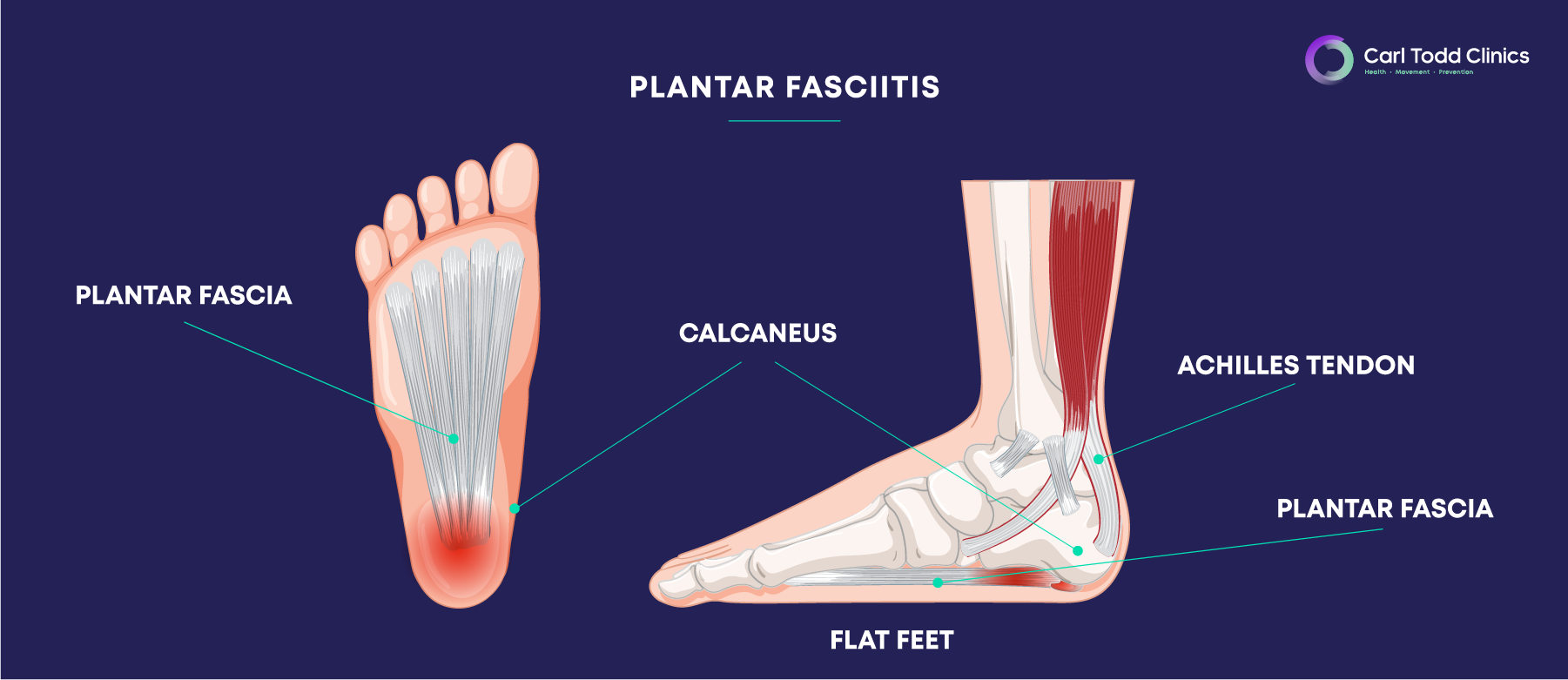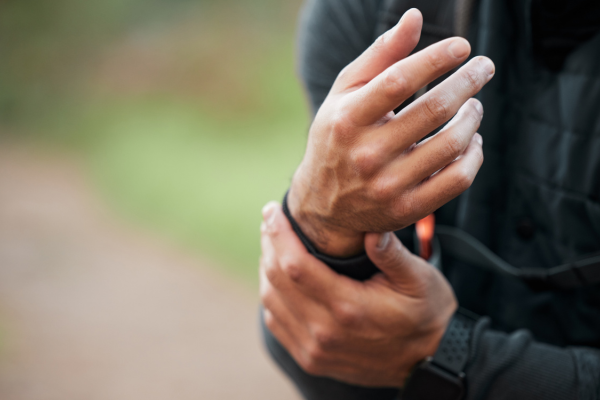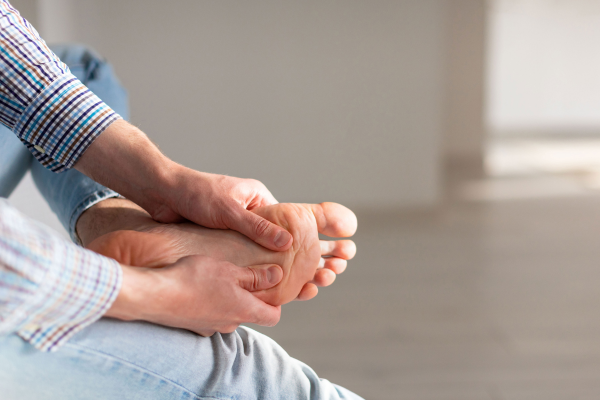In the UK we average just over 5,000 steps a day with waiters, nurses and retail workers walking the most. It is therefore vital that all parts of the feet are in good working order for this activity to be pain-free.
The plantar fascia ligament is the largest ligament in the human body, stretching underneath the sole of the foot. It’s one of the most important elements of the foot’s structure. When it becomes subjected to adverse conditions, daily activities of standing, walking and running it can be disrupted with acute pain.
In this article we are going to explore everything about Plantar Fasciitis. From what it is, the symptoms, to both medical treatments and home remedies.
What is Plantar Fasciitis?
Plantar fasciitis can be a very painful condition where there is chronic, local inflammation and micro tears to the ligament. It is most commonly caused by a repetitive strain injury to the ligament, for example, excessive running or walking, inadequate footwear, or a jumping injury.

What are the symptoms of Plantar Fasciitis?
The main symptoms of plantar fasciitis include chronic heel pain, foot pain, stiffness and tenderness. It’s diagnosis is based mainly on the history of the symptoms and on physical examination by a practitioner. Plantar fasciitis can make walking and running particularly difficult. It can also make the foot feel extremely stiff and sensitive in the morning or when getting up after sitting or getting out of a car. There may be difficulty walking barefoot on hard surfaces and sometimes the bottom of the foot can feel warm, swollen, and tender.
How is Plantar Fasciitis diagnosed?
On examining the foot, there will be localised tenderness along the sole, usually at the inside arch of the heel. Usually no further testing is necessary. X-ray testing may show an associated heel spur if present and rule out other causes of heel pain, such as fractures. Ultrasound imaging can also be helpful in diagnosing plantar fasciitis.
What is the treatment for plantar fasciitis?
Plantar fasciitis treatment is based on decreasing the associated inflammation and avoiding reinjury. Applying ice to the foot, especially in the morning on getting out of bed, reduces both pain and inflammation. Treatment techniques that our osteopaths and physiotherapists use include Shockwave Therapy, which is well known for its success at treating plantar fasciitis, stretching exercises, soft tissue massage and ultrasound therapy. Anti-inflammatories, such as ibuprofen and sometimes cortisone injections, can often help.
Soft, cushioned running shoes can be helpful in reducing irritation of inflamed tissues from plantar fasciitis. There are newer treatments for some very chronic cases such as cobaltion, PRP, prolotherapy and micro-debridement, but these techniques are usually used as a last resort when more conservative methods have failed.
There are also some home remedies you can do as well as some other ways to help reduce the pain.
- Stretch your arches: Simple home exercises can stretch your plantar fascia, Achilles tendon and calf muscles.
- Apply ice: Hold a cloth-covered ice pack over the area of pain for 15 minutes three or four times a day. Icing can help reduce pain and inflammation.
- Maintain a healthy weight: Carrying extra weight can put extra stress on your plantar fascia.
- Choose supportive shoes: Buy shoes with a low to moderate heel, thick soles, good arch support and extra cushioning. Don’t walk barefoot.
- Don’t wear worn-out trainers: Replace your old trainers before they stop supporting and cushioning your feet.
- Change your sport: Try a low-impact sport, such as swimming or bicycling, instead of walking or jogging.
Will my plantar fasciitis get better?
The prognosis for plantar fasciitis is usually very good. It generally settles down with the conservative measures described above. However, in a few cases, the condition can evolve into plantar fasciosis, which responds to a different set of treatments than those used for plantar fasciitis.
If you have tried all our tips and are still struggling to walk or run, please contact us and one of our practitioners will be happy to discuss the best treatment approach for you.





